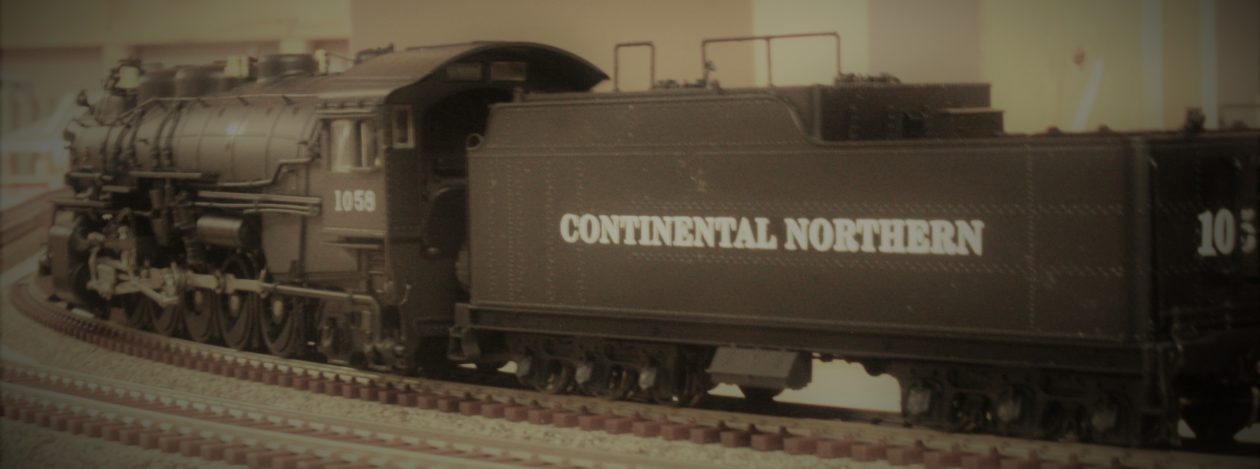I started the wiring for the DCC system. As I said in my last post I am temporarily unable to start the base for the helix because of a minor remodeling project.
I started by wiring the 44 pin connectors for the Digitrax (www.digitrax.com ) PM42 Quad Power Manager. I wired up four of them, why might you ask. Well, I am going to have 8 power subdistricts, so I will have 2 PM42’s. But when I built the tower for the DCC equipment I put in spaces for four slots. I had 1 good connector and picked up a pack of 3 additional connectors ( that’s the way they are sold, why, you would have to ask Digitrax ). Since I had 4 on hand I decided to wire up all 4, my reasoning being either because of future expansion ( I can’t imagine gaining enough space to need more power subdistricts ) or because if one the connectors failed, I could just move the circuit board over to a new connector.
I started by building a jig to hold the connectors in a stable cradle while I wired them up and soldered them. I used 14 gauge wire except for the power for the boards. In order to get the 14 gauge wire to fit in the oval slots on the connector I had pound the round wire into a shape that would pass through the slot. It took a few attempts to get them right, but once I figured out how much it took to get them to fit it was pretty easy.
Below are pictures of the finished connectors wired up, on the long bare wires I applied a brush on insulator.



Next was to install them into the DCC tower. Because of the way I built the cabinets, I had about 8 inches to work in. For reference a standard screw driver is about 9 inches long, so I had to get my two hands and a stubby screw driver into this space and attach the connectors while wrestling with stiff 14 gauge wire . Oh yeah, a lot of fun. It took a bit, but I got it done.

I then ran the wires for the first PM42 and hooked them up to the barrier strips. Below are pictures of the electronics cabinet with the wiring in place.


As you can see in the above photos I also ran the first two sets of buss wires and have them hooked up to the top two barrier strips. The first (top ) strip is for the staging yard, the next one down is for the New Brighton yard. The lower two are for signaled districts and that is why there are larger strips as each separate signaled section needs it’s own terminal.
It’s while I was running the first two sets of buss wires that I truly appreciated taking the time to drill all the holes for the wire runs. Running the wires went very quickly and neatly. Below is a picture of the buss wires run under what will be the New Brighton yard. The two wires ( red and black ) run in the separate holes are for that yard. The separation should make it easy to hook up the feeder wires. The pair running above them are for the staging yard and will separate into separate runs once they are under the staging yard.

Okay… so I had the command station and booster hooked up, the PM42’s wired in and buss wires run, so I figured why not give it a try. So I run a pair of jumper wires from the staging yard buss to one of the yard tracks ( I had not run the feeder wires in yet ) and as I was grabbing a locomotive to try I realized I DID NOT HAVE A THROTTLE! Let me explain: when I was finishing the basement for the layout, I had to move all the boxes with the railroad stuff into our storage locker. Most of it is still there except for stuff that I had room for in the cabinets. Unfortunately the throttles fall into the former group. So I had everything in place and no way to try it. With an upcoming business trip I won’t be able to retrieve the throttle to try it out for about a week. I guess that’s life.
Until that happens, Happy Railroading…
